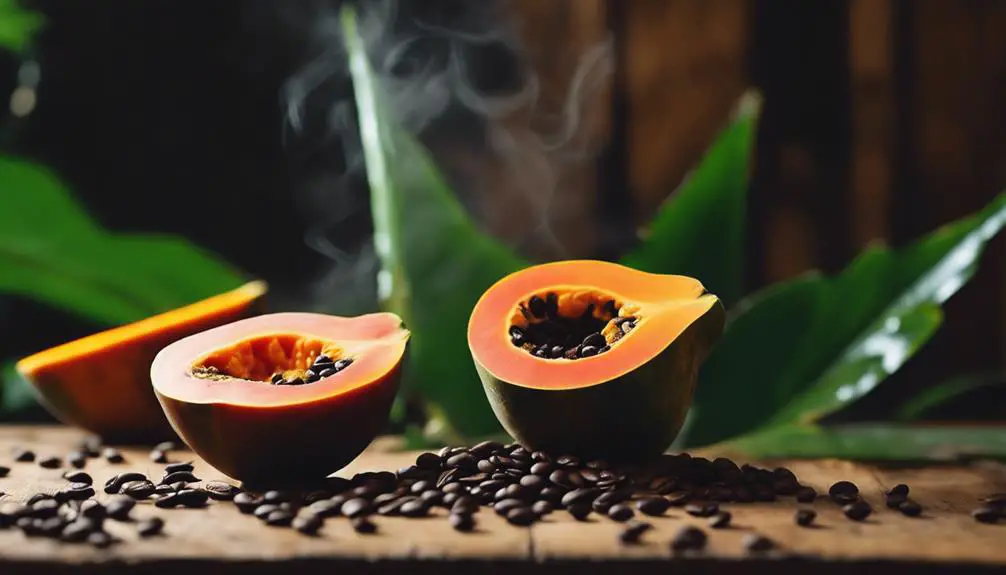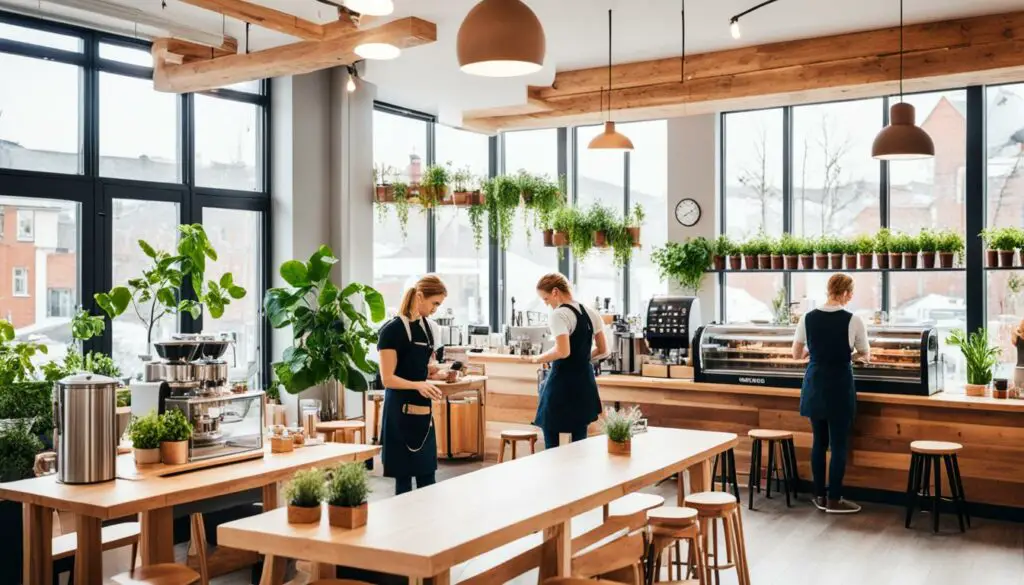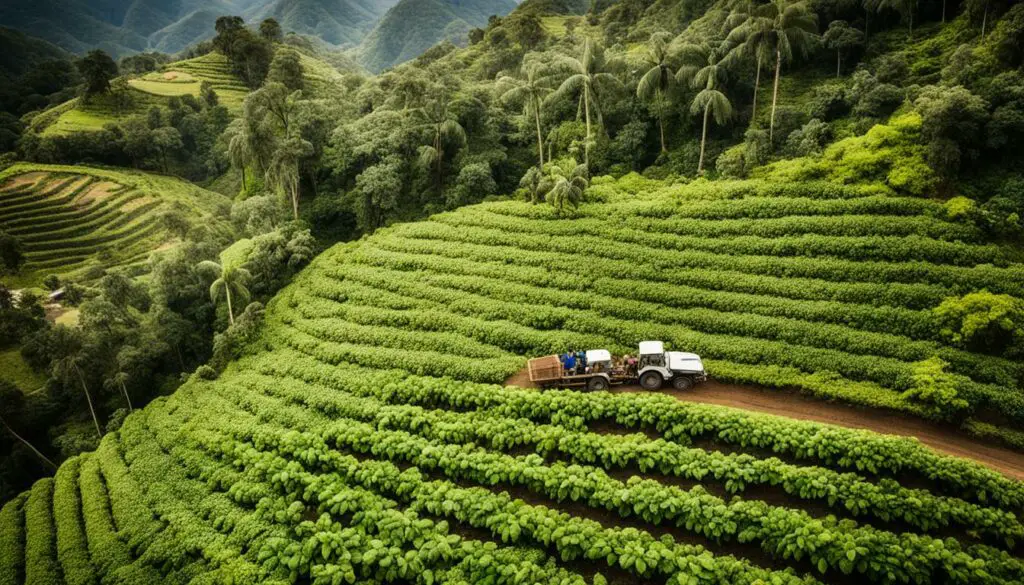Are you a coffee fanatic, looking for a way to make freshly roasted, artisanal coffee at home? We have the best advice on coffee beans out there. One surefire way to make sure your home brews live up to your local coffee house’s cup of joe is to invest in a decent coffee maker, a high-quality grinder, and the best freshly roasted coffee beans on the market.
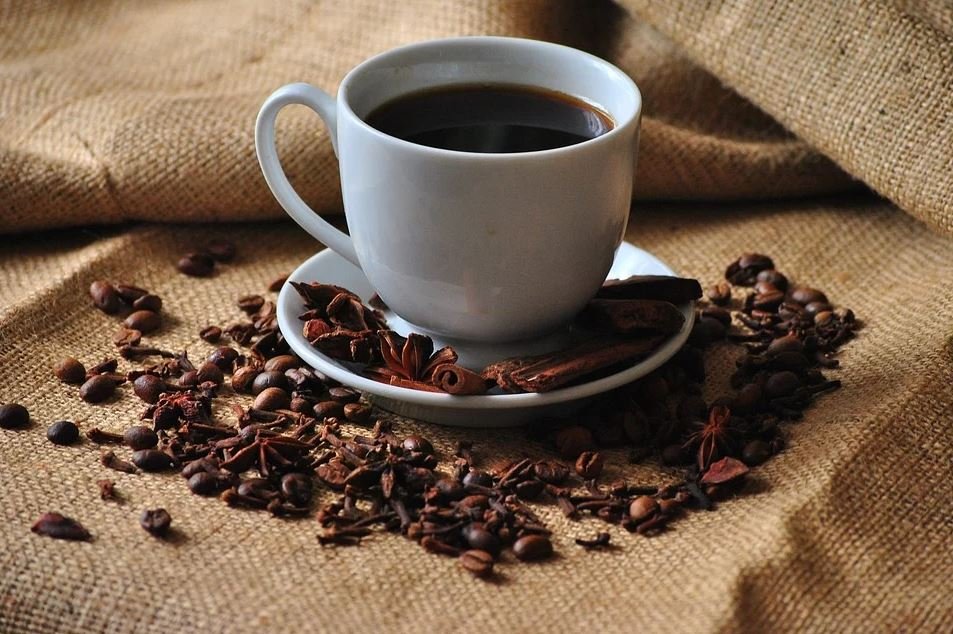
To find out more about selecting the best coffee machines and coffee bean grinders online check out some of our other coffee blogs:
One of the easiest ways to get your hands on some of the best coffee bean brands is by ordering coffee beans online or on Amazon. Get quality coffee beans shipped directly to your door and explore a whole new world of smoky, fruity, or flowery coffee aromas.
Things to consider when buying the best coffee beans in the world
With a huge market of coffee bean brands, roasts, and blends out there, finding the best coffee beans can be a daunting task, especially for a coffee brewing beginner. But don’t fret, we have some basic tips to get you on the right track to selecting the best coffee beans for you.
#1: Type of coffee beans
Generally speaking, there are two types of coffee beans that you should be aware of if you want to start brewing your own coffee at home. These are Robusta and Arabica, and you’ll find that they are the most widely consumed coffee beans used by coffee shops and cafes across the world.

Robusta coffee beans grow in low altitudes, have a very powerful flavor, and are a tad bitter. Therefore, Robusta beans are often blended with Arabica beans. A blend of 80% Arabica and 20% Robusta has become a classic base for a strong, fragrant espresso with a nice layer of crema.
Arabica coffee beans grow well in high altitudes and are a lot smoother in flavor. Though a popular high-grade serving, its quality partly depends on the effectiveness of the growth process and treatment. 100% Arabica coffee beans are the most popular choice (and most expensive) because they tend to showcase a softer, sweeter taste, richly infused with flavor notes of fruit, sugar, and berries. If you want to enjoy varying acidity levels and a smooth taste, the dry, light-colored Arabica coffee beans are best for you.
In selecting your coffee beans, it is preferable to choose whole ground beans over pre-ground as these coffee beans are richer in flavor and aroma than pre-ground coffee.
Grinding coffee beans should be done during the brewing process to improve the flavor quality of your cup of coffee. When coffee beans are pre-ground, they are exposed to air and therefore lose a lot of their rich taste, aroma, and oils. This chemical process is known as oxidation.
#2: Airtight packaging matters
To maintain the rich flavor and aroma go for airtight bags. They help zero out possible coffee bean oxidation or drying.
Fresh is always best. You don’t want to unnecessarily eliminate the delicious flavor and nutrients of your coffee beans. A half an hour of exposure to air compromise your great-tasting coffee beans.
#3: How caffeinated are you?
How much caffeine should be in your coffee cup? If you want lower levels of caffeine, opt for dark roasted coffee instead of medium or light-roasted, which is the most caffeinated. However, if you want to kick off the chock full of nuts, the medium roasted coffee is an amazing choice.
#4: Is 100% coffee label always correct?
Sadly – No. The manufacturing process varies widely across brands, many of which do not actually sell pure coffee so it helps to check the list of ingredients used on the back of the bag, or listed in the online product description.
This extra vigilance will pay off in the end. No one likes to feel shortchanged, so don’t trust that just picking any coffee beans labeled “100% coffee” will actually deliver on this promise.
#5: Are oily beans the best?
Not really. Oily coffee beans could be a sign that these beans have been over-roasted. This can result in tasteless or burnt-tasting coffee.
In addition, oily beans tend to be sticky, a common contributor to irregular brews. The beans can stick to the sides of your coffee grinder or cause clogging in your coffee machine which will mean more regular and thorough cleaning is required to keep your coffee equipment in good condition. We recommend opting for dry dark roasted coffee from a trusted roaster.
To find out more about how to clean your coffee machine check out our blog here: How to clean a coffee maker using baking soda
#6: Roasting expiry date, origin, and grinding
Ensure you buy coffee beans from a consistent roaster who provides quality. Examine the roast date to find the freshest beans. About two weeks off the roast is the optimum time to ensure your coffee isn’t as affected by oxidation and retains its rich flavor.
Keeping these factors in mind will help minimize the likelihood of buying low-quality coffee beans.
#7: Country of Origin
Avoid doubtful untraceable coffee. The farm and country of origin where your coffee beans were grown should be indicated on the label. The taste of your coffee beans will vary depending on their country or region of origin.
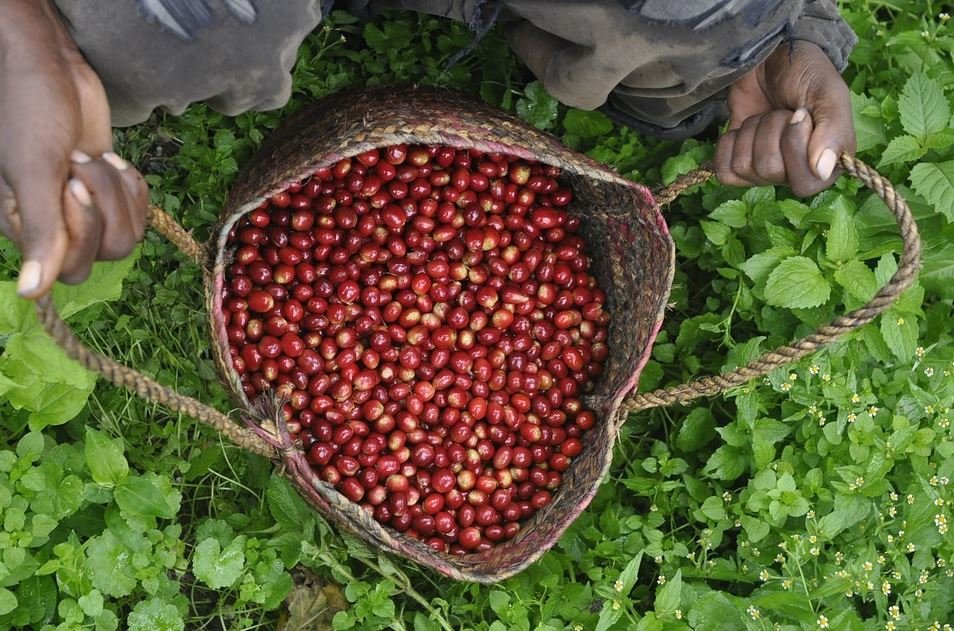
So, which regions produce the best coffee beans?
The Pacific Island Region and Indonesia
Countries known in this region to produce quality coffee include Indonesia, Jamaica, and Hawaii. Coffee beans produced in this region are less acidic and a little heavier, which are characteristic of the Robusta Bean. These are an ideal choice for coffee lovers seeking dark brewed coffee.
Arabia and Africa
African regions are favorite destinations for rich coffee flavors that taste like wine, chocolate, or with a little hint of spice. Popular producers include Ethiopia, Kenya, and Arabia.
Ethiopian coffee beans have a fruity aroma and rich wine-like flavor. Kenyan coffee is the perfect balance of spicy-sweet, something to excite your tastebuds.
Latin America (South and Central America)
Coffee beans from Colombia, Peru, and Brazil dominate the minds of coffee fanatics for their beneficial nutrients and indulgent flavor.
Colombia is known to produce some of the finest beans with a perfect balance of acidity. Peruvian coffee beans feature a delectable chocolaty aroma that lingers on your tongue, while Brazilian coffee beans have a nutty-sweet flavor, often bittersweet with a chocolaty roast flavor.
Central American countries like Guatemala, Mexico, Panama, and Costa Rica are also well-known and popular producers. Mexico grows light-bodied coffee beans, while heavy-bodied beans are produced in Costa Rica.
Our Recommendations
| Image | Title | Price | Prime | Buy |
|---|---|---|---|---|
Top | SF Bay Coffee Fog Chaser Whole Bean 2LB (32 Ounce) Medium Dark Roast | PrimeEligible | Buy Now | |
 | Stumptown Coffee Roasters, Medium Roast Organic Whole Bean Coffee - Founder's Blend 12 Ounce Bag with Flavor Notes of Vanilla and Cocoa Powder | PrimeEligible | Buy Now | |
 | Peet's Coffee, Dark Roast Whole Bean Coffee - Major Dickason's Blend 18 Ounce Bag, Packaging May Vary | PrimeEligible | Buy Now | |
 | Starbucks Medium Roast Whole Bean Coffee—Variety Pack—3 bags (12 oz each) | PrimeEligible | Buy Now |
Product prices and availability are accurate as of the date/time indicated and are subject to change. Any price and availability information displayed on [relevant Amazon Site(s), as applicable] at the time of purchase will apply to the purchase of this product.
Prices pulled from the Amazon Product Advertising API on:






